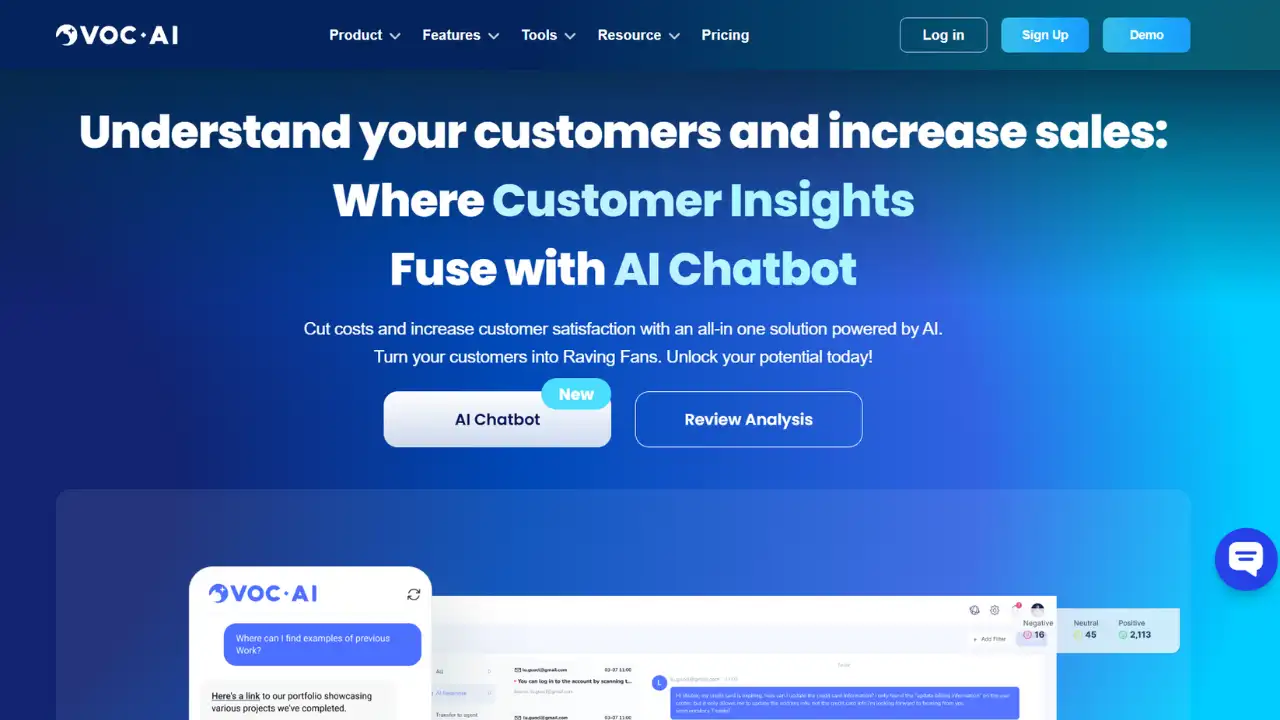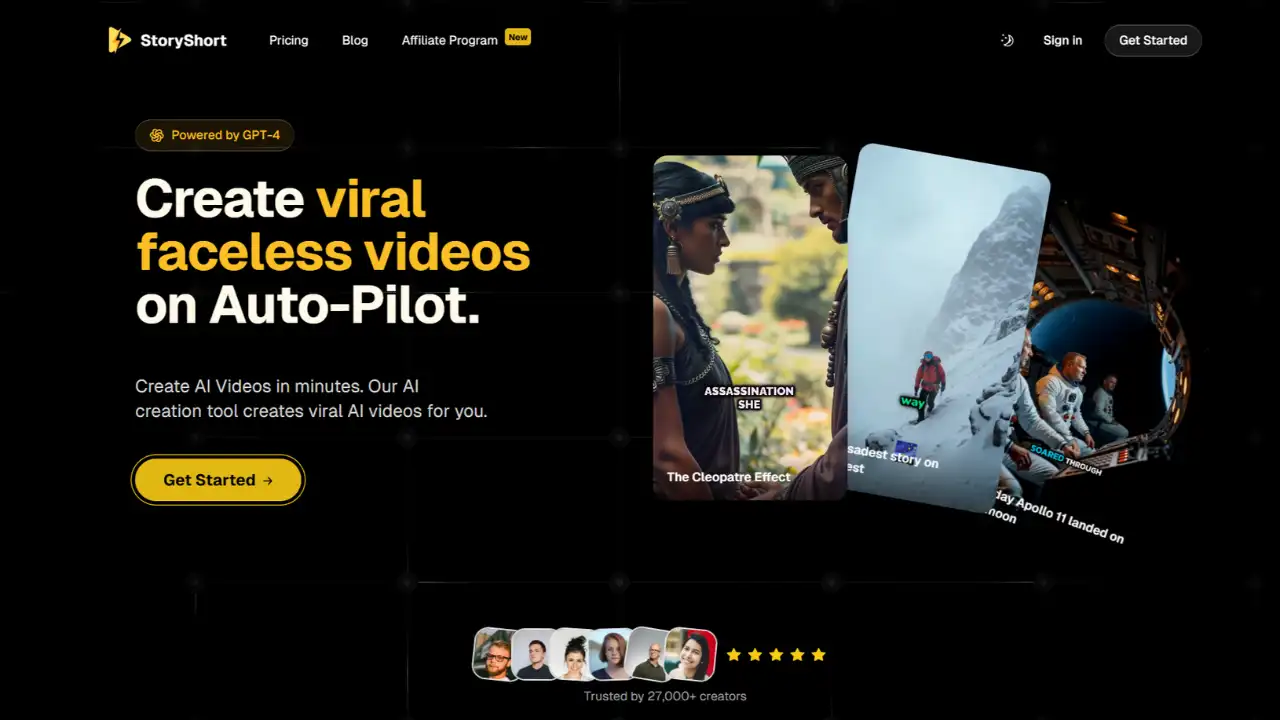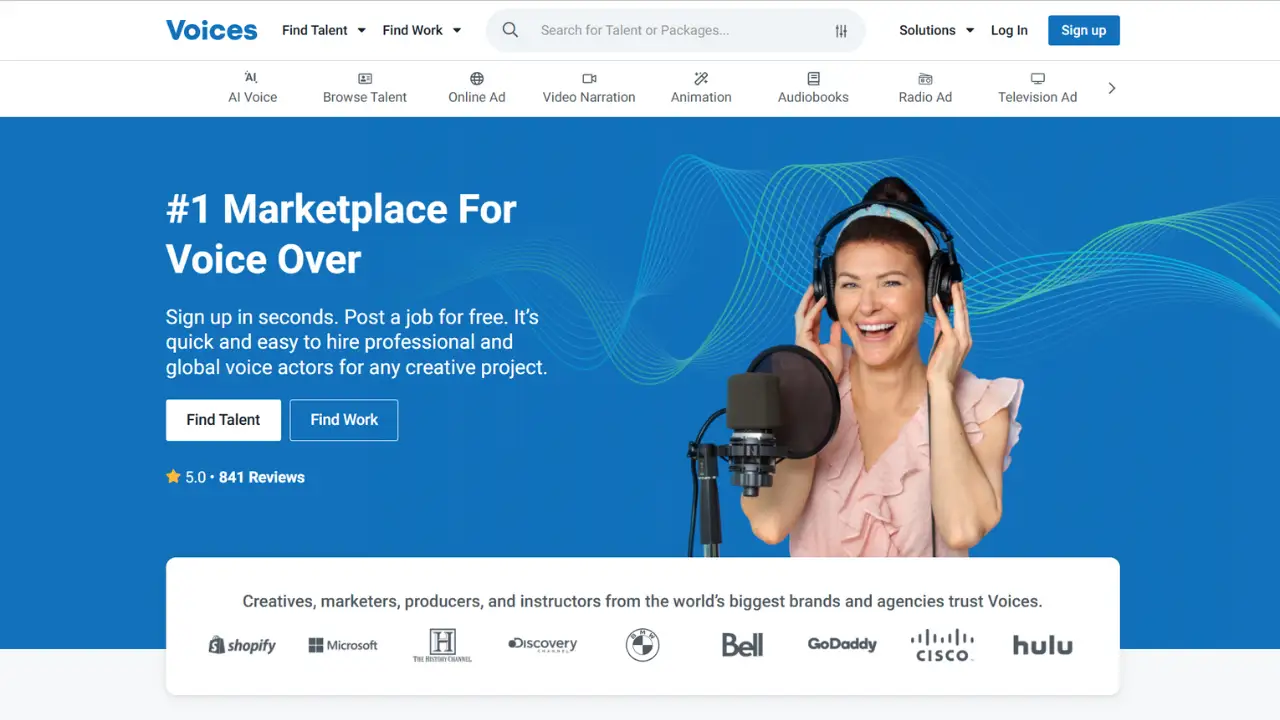DALL-E (OpenAI)
OpenAI is a revolutionary tool that combines the latest advancements in AI technology to provide users with an unmatched platform for creativity, research, and innovation. With its extensive range of features and capabilities, OpenAI is poised to transform the way we interact with AI, empowering users to explore new frontiers and unlock the full potential of artificial intelligence.
What is OpenAI?
OpenAI is a leading AI platform that offers a comprehensive suite of tools and resources for individuals and businesses to leverage the power of artificial intelligence. From natural language processing to image generation and beyond, OpenAI provides a wide array of models and APIs to facilitate groundbreaking research, development, and creative endeavors.
Key Features:
1. GPT-4
OpenAI’s GPT-4 model represents the cutting edge of generative models, allowing users to generate coherent and contextually rich text with astonishing accuracy. Whether you’re writing a novel, drafting an academic paper, or crafting compelling marketing copy, GPT-4 offers an invaluable assistant to enhance your writing.
2. DALL·E 3
With DALL·E 3, OpenAI brings the revolutionary power of AI to image generation. This model enables users to create stunning and realistic images simply by providing a textual description. From artistic inspiration to digital marketing, DALL·E 3 unlocks endless possibilities for visual content creation.
3. API Integration
OpenAI’s API platform seamlessly integrates with your existing applications and workflows, making it easy to incorporate AI capabilities into your projects. The API offers intuitive documentation and guides for easy implementation, enabling developers to leverage the power of OpenAI with minimal effort.
4. Safety and Responsibility
OpenAI takes safety and ethical considerations seriously. The platform actively works towards creating safe and beneficial AI, with dedicated teams conducting research to align AI models with human values. OpenAI leads the way in addressing the potential risks associated with AI development.
Why Should You Use OpenAI?
1. Unleash Creativity
OpenAI provides a powerful toolbox for creative individuals to explore new frontiers and enhance their artistic endeavors. From assisting in storytelling and writing to generating visual content, OpenAI inspires creativity and helps you push the boundaries of your imagination.
2. Boost Efficiency
The advanced capabilities of OpenAI streamline workflows and enhance productivity. Whether you’re a researcher, a content creator, or an entrepreneur, OpenAI can save you valuable time and effort by automating tasks and providing valuable insights.
3. Democratizing AI
OpenAI aims to make AI accessible to everyone, regardless of technical expertise. The intuitive interface and well-documented API enable both seasoned developers and beginners to leverage the power of AI, democratizing access to cutting-edge technology.
Who Can Use OpenAI?
OpenAI is designed for a diverse range of users, including:
1. Content Creators
Writers, journalists, bloggers, and marketers can utilize OpenAI’s advanced language models to enhance their content creation process and generate high-quality written material.
2. Researchers
OpenAI provides researchers with a powerful tool to explore new possibilities in AI and conduct groundbreaking experiments in natural language processing, image generation, and other domains.
3. Developers
OpenAI’s API integration enables developers to embed AI capabilities into their applications and projects, allowing them to enhance the functionality and user experience of their software.
4. Entrepreneurs
OpenAI offers entrepreneurs an opportunity to leverage AI technology to automate tasks, gain insights from data, and create innovative products and services.
Who Will Benefit from OpenAI?
1. Writers and Content Marketers
OpenAI can be a game-changer for writers and content marketers, providing them with a valuable assistant to enhance productivity and generate engaging and captivating content.
2. Researchers and Academics
OpenAI empowers researchers and academics by providing cutting-edge AI tools for experimentation, analysis, and innovation, facilitating advancements in various fields.
3. Businesses and Startups
OpenAI offers businesses and startups the ability to automate processes, gain valuable insights, and develop AI-driven solutions, fostering growth, and competitive advantage.
4. Creative Professionals
Artists, designers, and creatives can leverage OpenAI’s image generation capabilities to bring their vision to life and explore new avenues of creative expression.
FAQs – Most Commonly Asked Questions
1. How much does OpenAI cost?
OpenAI offers both free and paid plans. The basic features and functionality are available for free, while advanced features and higher usage may require a paid subscription. Detailed pricing information can be found on the OpenAI website.
2. Can OpenAI be integrated into existing applications?
Yes, OpenAI provides an API platform that allows seamless integration with existing applications and workflows. The API documentation and guides provide clear instructions on how to incorporate OpenAI’s capabilities into your projects.
3. Is OpenAI only for developers and technical users?
No, OpenAI aims to make AI accessible to a wide range of users, including those without extensive technical expertise. The user-friendly interface and well-documented guides enable users with varying backgrounds to leverage the power of AI.
4. How does OpenAI ensure the safety and ethical use of AI?
OpenAI is committed to safety and responsibility in AI development. The platform actively conducts research to align AI models with human values and addresses potential risks associated with AI. OpenAI maintains a strong focus on ethical considerations and strives to create AI that benefits all of humanity.
5. What are the potential benefits of using OpenAI?
Using OpenAI can boost creativity, streamline workflows, automate tasks, and provide valuable insights. It empowers users to accomplish complex tasks more efficiently, freeing up time and resources for other critical activities. OpenAI also democratizes access to AI technology, enabling innovation and advancements across various fields.
Conclusions
OpenAI is a game-changing tool that empowers individuals and businesses to unleash their creativity, streamline workflows, and leverage the power of AI. With its advanced features, commitment to safety, and accessibility for users of all backgrounds, OpenAI represents the future of AI-driven innovation. By democratizing access to AI capabilities, OpenAI paves the way for groundbreaking advancements and fosters a future where AI benefits all of humanity.
1. Powerful AI Capabilities
OpenAI’s models and APIs offer state-of-the-art AI capabilities, enabling users to accomplish complex tasks and unlock new possibilities in various domains.
2. User-Friendly Interface
OpenAI provides an intuitive interface and well-documented guides,making it accessible to users with varying levels of technical expertise.
3. Extensive Integration
OpenAI’s API platform seamlessly integrates with existing applications and workflows, allowing users to leverage AI capabilities without disrupting their current processes.
4. Commitment to Safety and Ethics
OpenAI prioritizes safety and responsibility in AI development, ensuring that the potential risks associated with AI are carefully considered and addressed.
5. Democratizing Access to AI: OpenAI aims to make AI accessible to a wide range of users, democratizing access to advanced AI technology and empowering individuals and businesses to harness its benefits.
1. Paid Plans for Advanced Features
While OpenAI offers a free plan, access to advanced features and usage may require a paid subscription, which might be a limiting factor for some users.
2. Potential Dependence on AI Assistance
As OpenAI enables users to automate and streamline tasks, there is a possibility of over-reliance on AI, potentially diminishing creativity and critical thinking.
3. Ethical Considerations
The use of AI raises important ethical considerations, and users must be mindful of the potential impact and unintended consequences of AI-generated content.
4. Learning Curve
While OpenAI strives to provide a user-friendly interface, integrating AI capabilities into existing workflows may require some learning and adaptation for optimal utilization.
5. Privacy Concerns
As with any AI platform, users must be aware of the privacy implications of data shared with OpenAI and ensure that appropriate safeguards are in place.
Check Similar Tools




